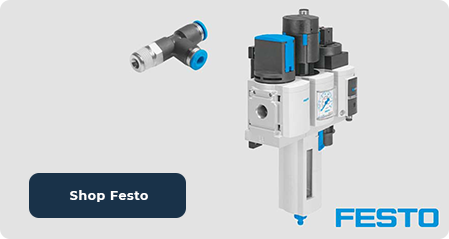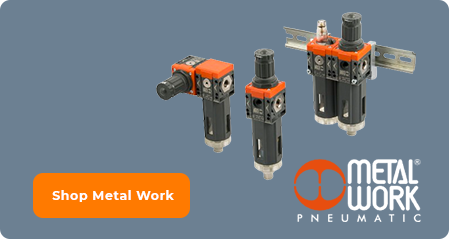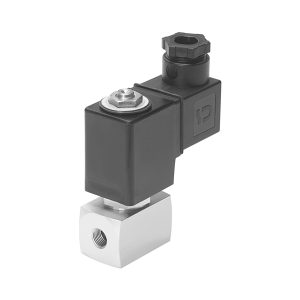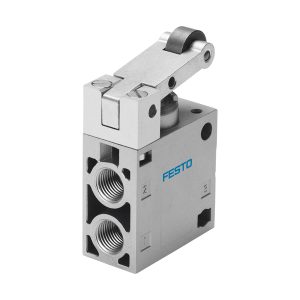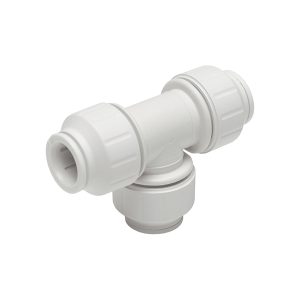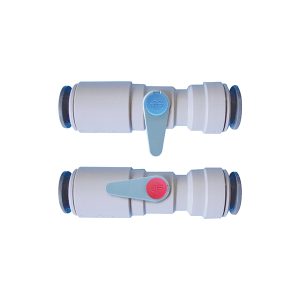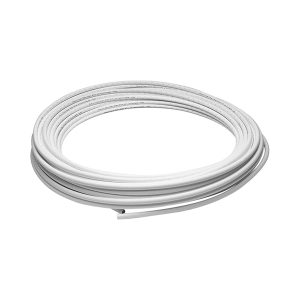SPEEDFIT BY PNEUTUBE
High Performance John Guest Speedfit
Connectors By Pneutube
A major tubing manufacturer and leading stockists of quality John Guest Speedfit Connectors
and Metalwork and Festo Electro Pneumatic Control Valves and accessories.
Subscribe to be notified of our latest news and offers!
You may unsubscribe at any time.


